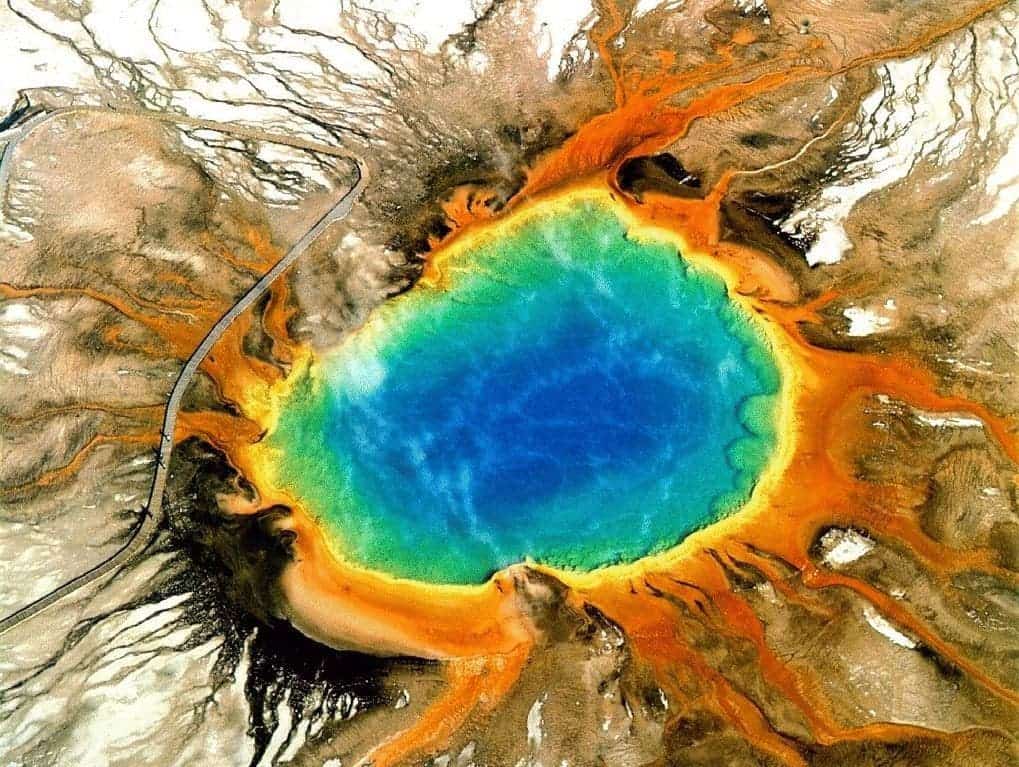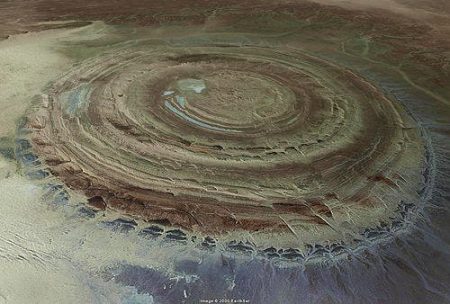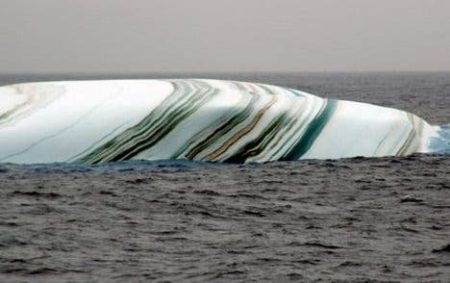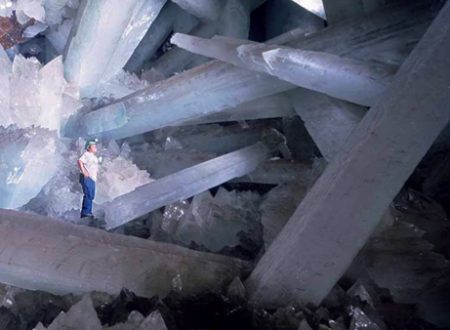When you love science, it’s almost impossible not to feel impressed and humbled by the enormous and beautiful natural world around us. We’ve covered awesome landscapes, volcanoes, amazing creatures — but water usually falls off the radar.
Water is one of the driving geological forces on the surface of the planet, creating some of the most remarkable and unique landscapes. But sometimes, water comes in hot by itself — literally. Geothermal heat generated in the mantle or in the crust can heat up water and produce what we call hot springs.
Hot springs are just what the name implies: natural springs heated by geothermal energy. But they can still create wonderful, diverse landscapes and ecosystems. Here are just some of the hottest hot springs… not literally. Or rather, some of the coolest hot springs… still not literally. Some of our favorites.
Grand Prismatic Spring
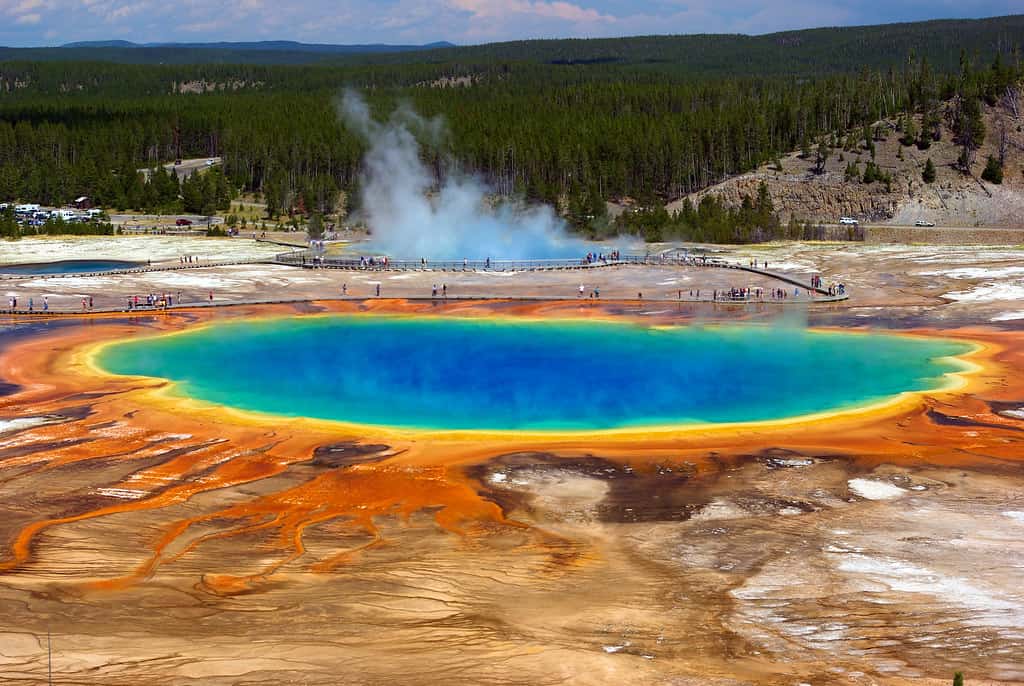
With its vivid, rainbow-hued hues, this hot spring is truly a sight to behold. Measuring around 250 by 38Spring 0 feet, and being the largest hot water spring outside of New Zealand, the Grand Prismatic is definitely something worth gazing at.
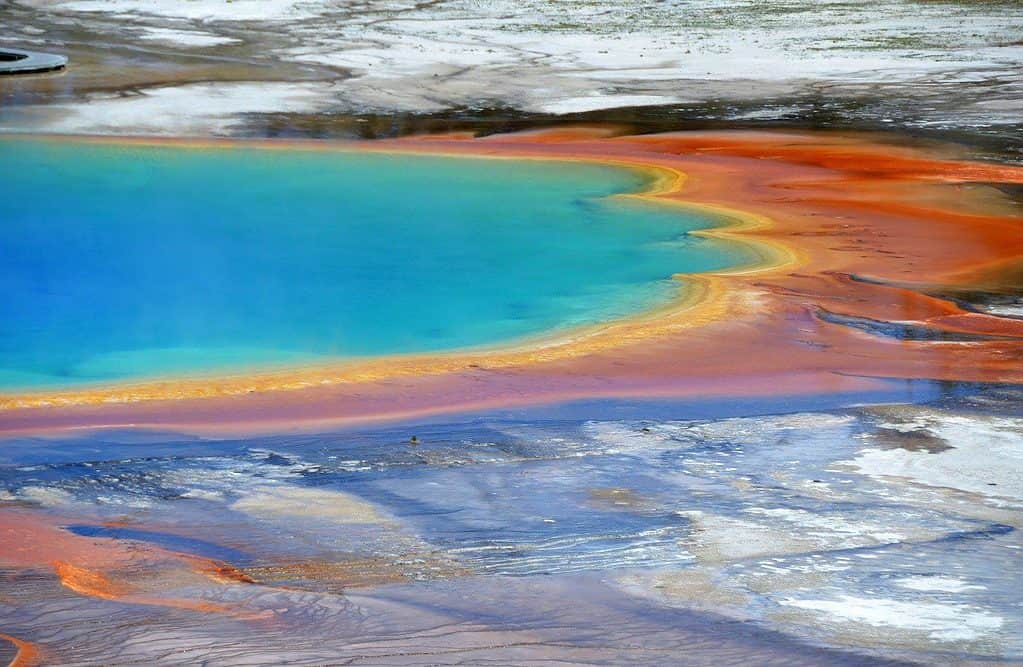
It sits in Yellowstone, high on the top of a mound, and has some small terraces that highlight even better the amazing colors created by the bacteria inside the water. Yes, the rainbow hues are a result of the diverse microbial life that flourishes within its waters and produces the chemical reactions that generate its mesmerizing appearance.
The vivid colors are the result of pigmented bacteria in colors ranging from green to red, depending on the amount of chlorophyll the bacteria has, as well as the temperature of the water.
Mammoth springs
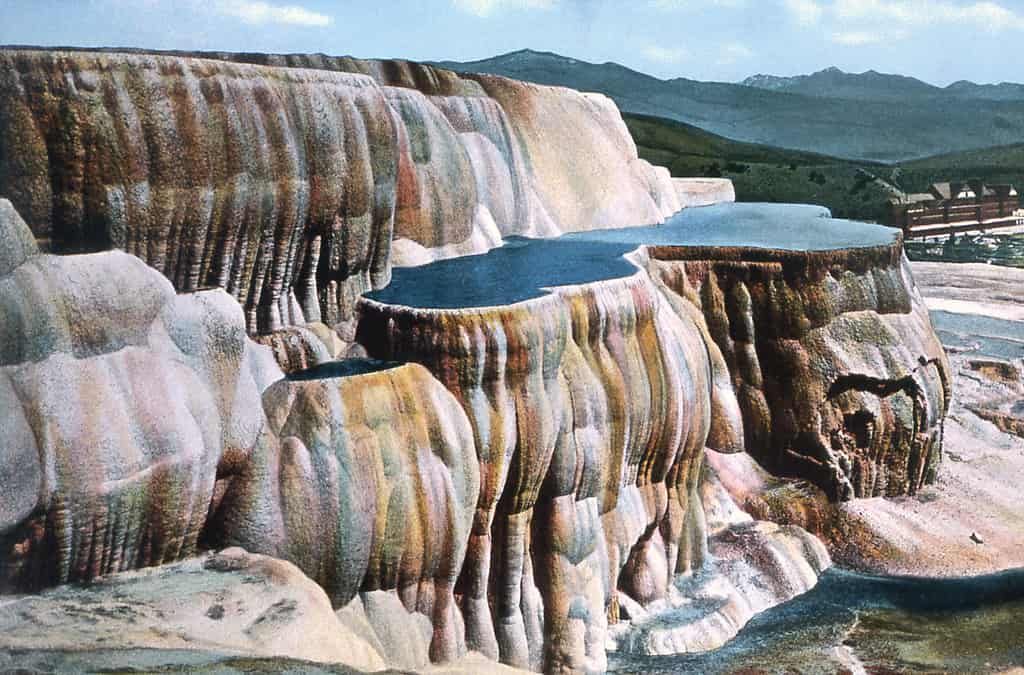
Mammoth Springs, located in Arkansas, is yet another truly remarkable geological wonder in the US. Releasing a whopping 9.5 million gallons of water every hour. The water from Mammoth Springs is crystal clear and a constant 54 degrees Fahrenheit (12.2 °C), making it a haven for diverse and unique species of aquatic life. But what really makes it special is its system of terraces.
The amazing springs that showcase terraces were formed due to the occurrence of the typical elements: heat, water, limestone, and a fracture system.
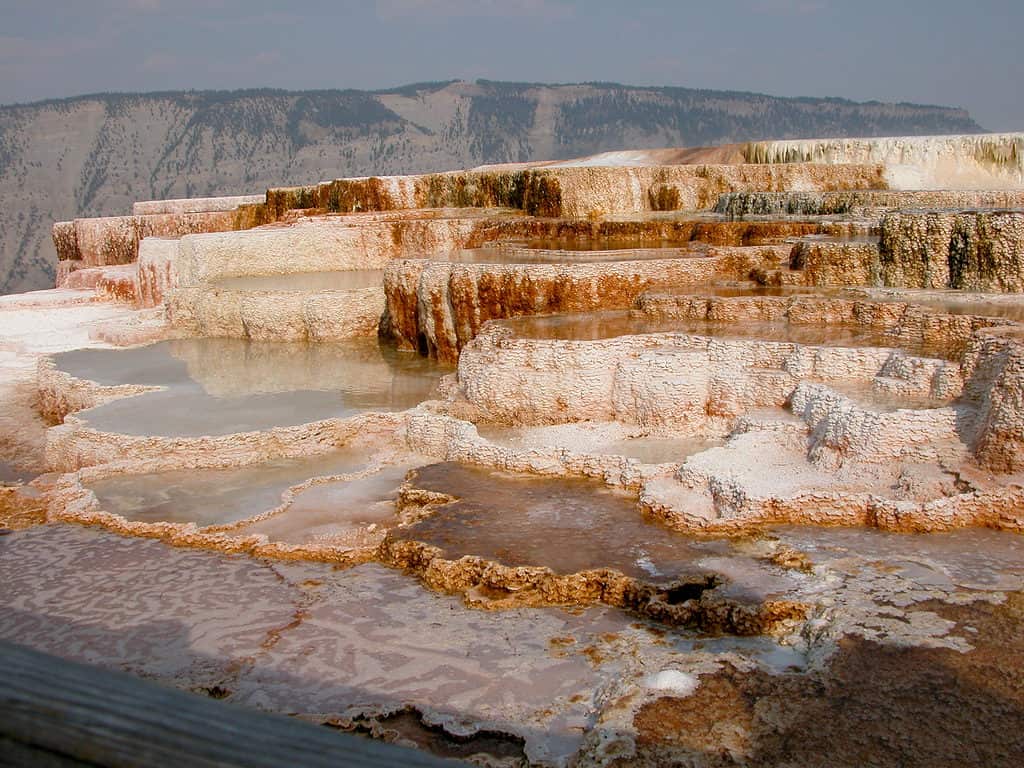
Heat and water create the necessary force for the travertine terraces to appear (travertine is a form of limestone deposited by mineral springs and generally associated with hot springs).
Pamukkale springs
If you thought no hot spring could surprise you anymore, I suggest taking a deep breath. The unique Pamukkale spring is home to brilliant, mineral-rich, white terraces made of calcium carbonate deposits that have formed over thousands of years.
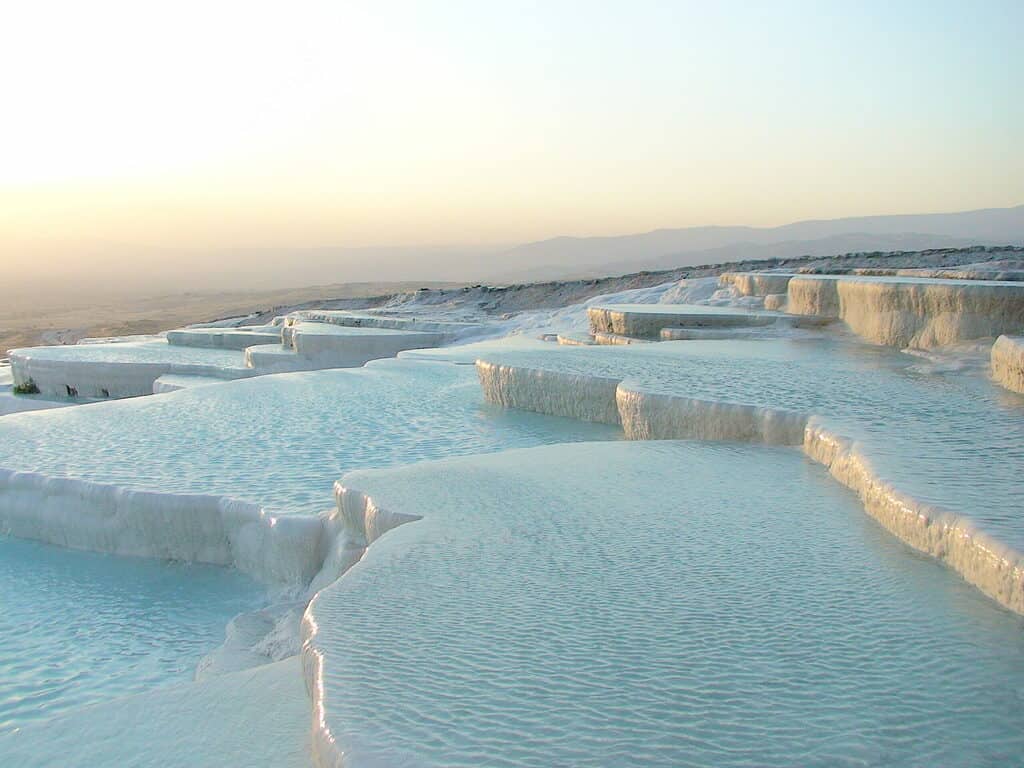
In Turkish, Pamukkale means “cotton castle” – and it’s quite easy to understand why. The warm waters leave white calcium behind, but yet again, this seemingly pure water system hosts a diverse, varied ecosystem.
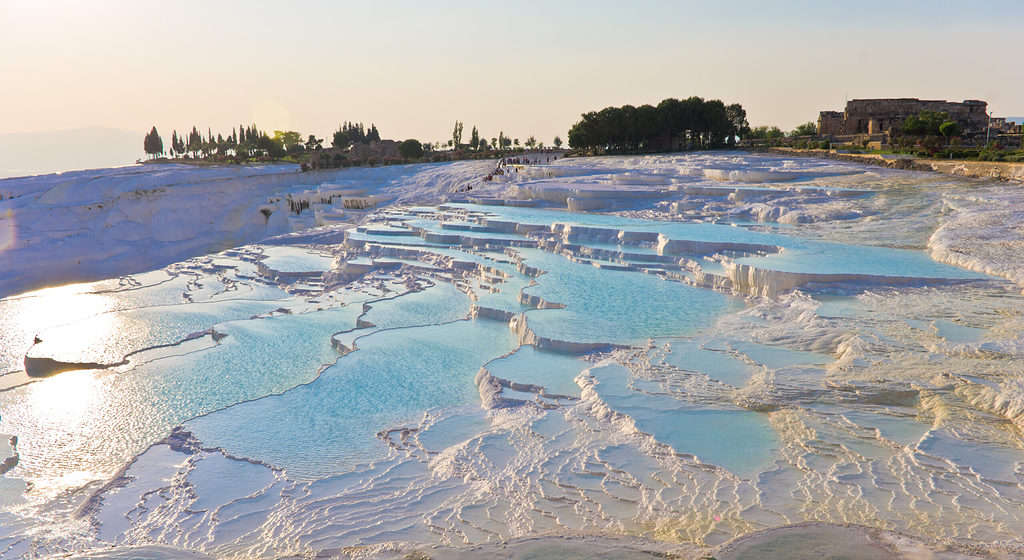
It was created with pretty much the same chemical elements as Mammoth Spring, but the aspect is not identical, because the deposition of the travertine depends on a number of factors, including weather, temperature, local microorganisms, or geochemistry.
Guelma spring
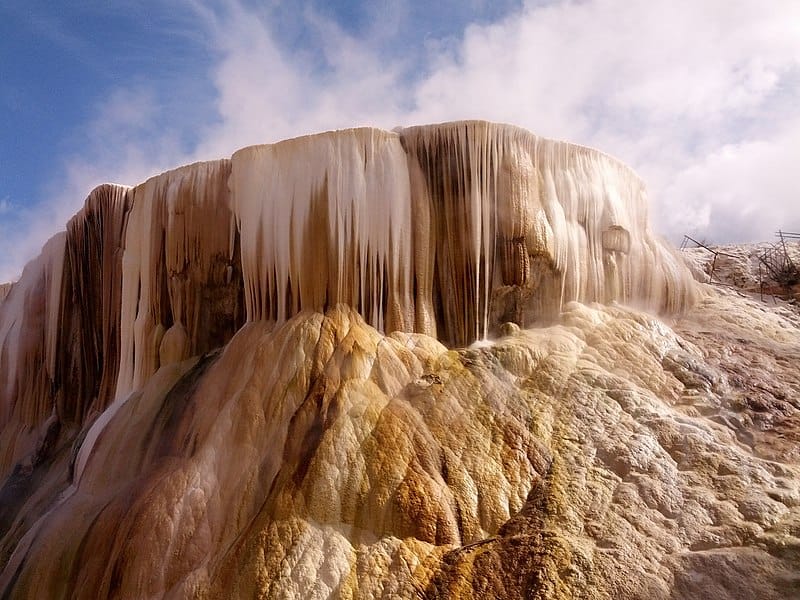
Located in Algeria, this hot water spring draws may not be as well-known to most people as some of the previously mentioned springs, but it’s every bit as spectacular. I mean you can practically see the travertine formations cascading down like waterfalls.
This happens because of the way it is formed. Initially, the mineral deposits are soft and jellylike (so to speak), but as time passes, they harden in whatever position they are left.
Blood Pond
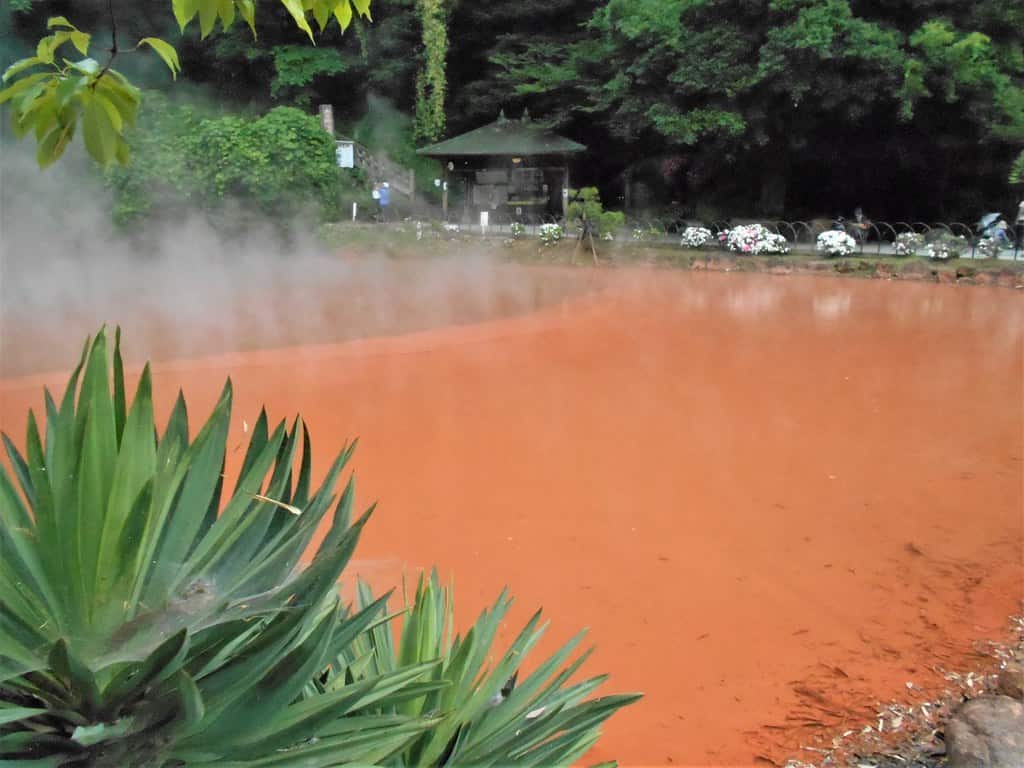
The people who named this spring sure didn’t have to think very hard to name it. In fact, looking at it, how else could you name it?
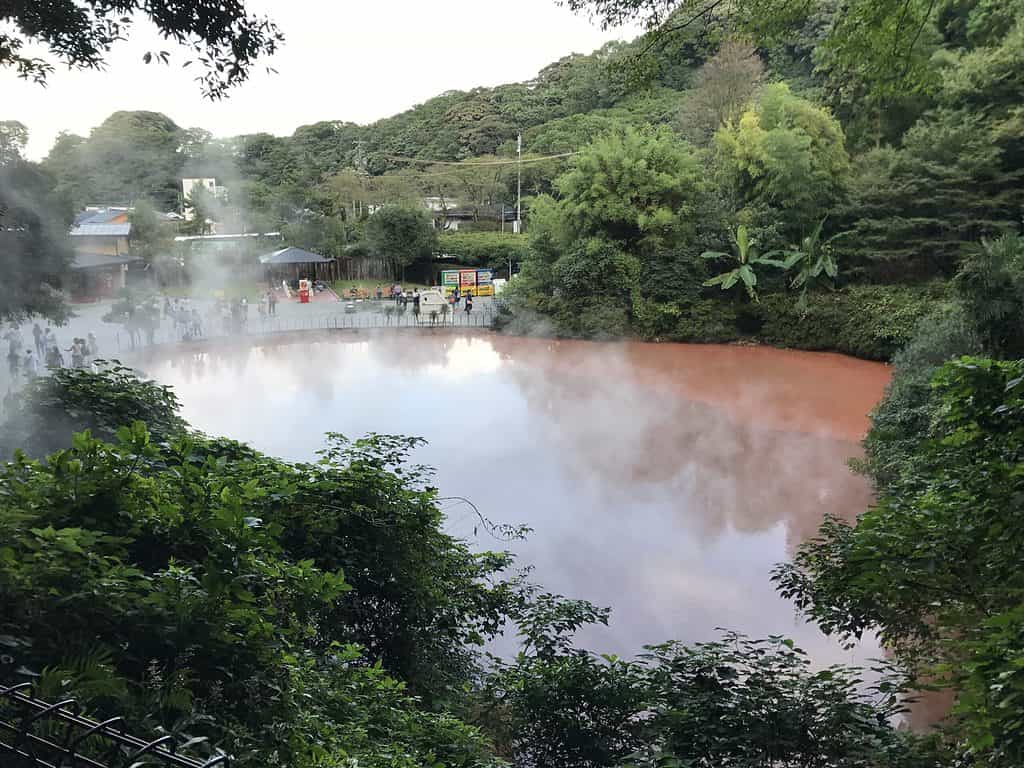
Blood Pond Hell, is a hot spring town of Beppu, Japan, and it’s been around for 1300 years, its blood-red color caused by the geochemistry that lies beneath it.
There are nine hot water springs in Beppu, and they’ve been nicknamed “hells”, due to the boiling water, and the Blood Pond is the “worst” of them. It’s also the nicest one to look at… at least if you ask me.
The Blue Lagoon
This one is perhaps the most popular hot spring in the world — or at least the most popular one you can bathe in.
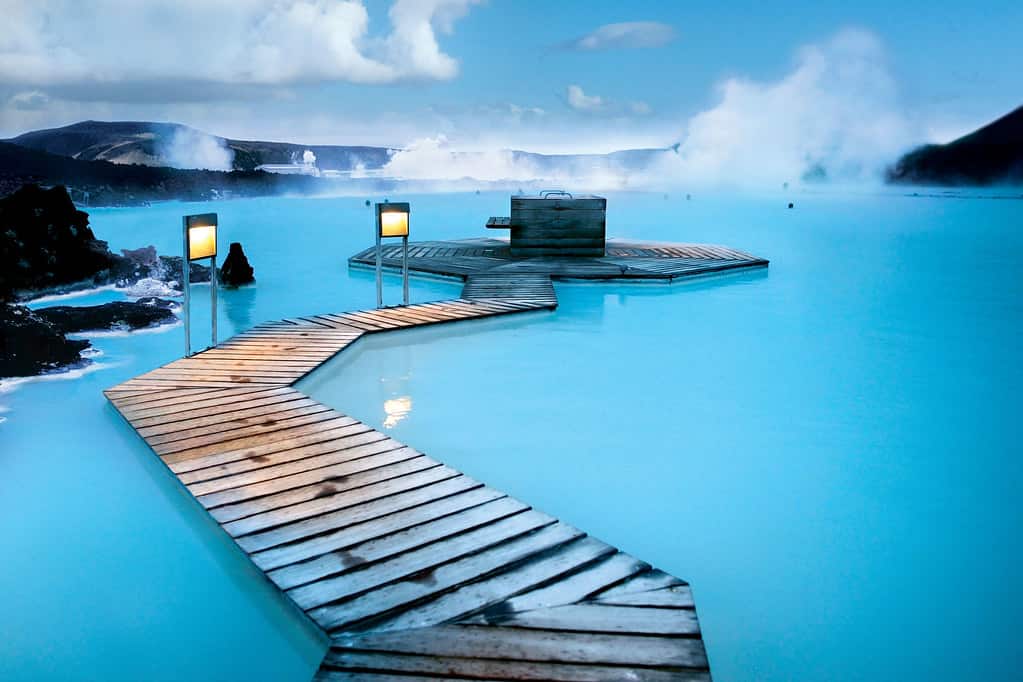
This Icelandic Blue Lagoon has been turned into a geothermal spa, due to the minerals in the water, such as silica and sulfur. These mineral-rich waters are reputed to help people suffering from skin diseases.
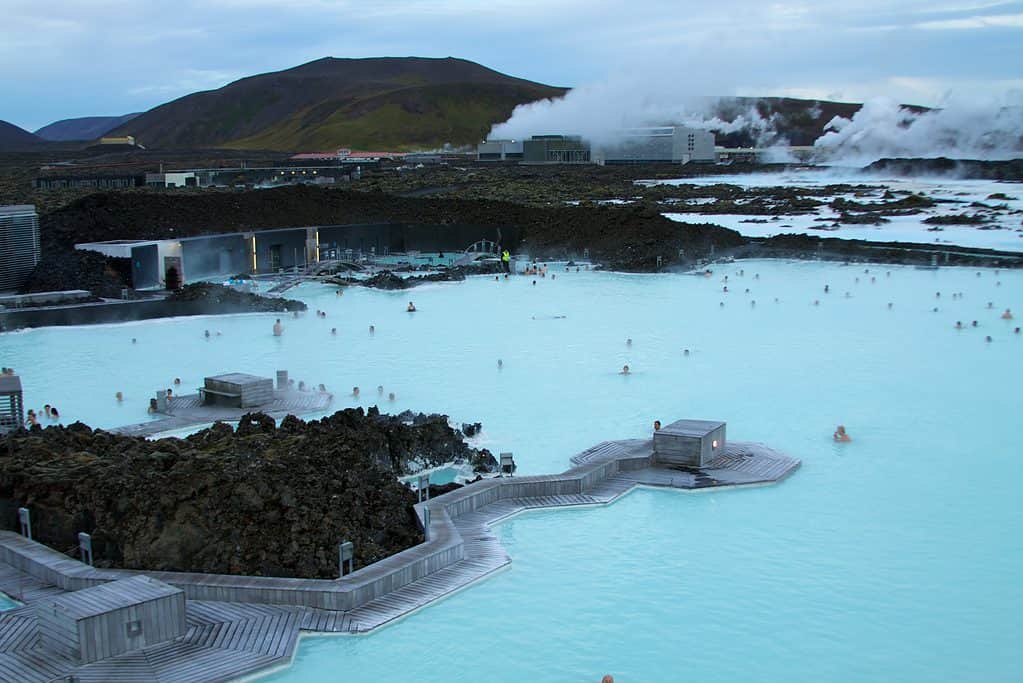
There are dozens of hot pools in Iceland due to the country’s geologic position. Iceland lies on the Mid-Atlantic Ridge, the boundary point between two tectonic plates, and sits above an area of strong volcanic forces. The geologic forces that produce volcanism are also the ones that produce the hot springs.
Jigokudani Monkey Park
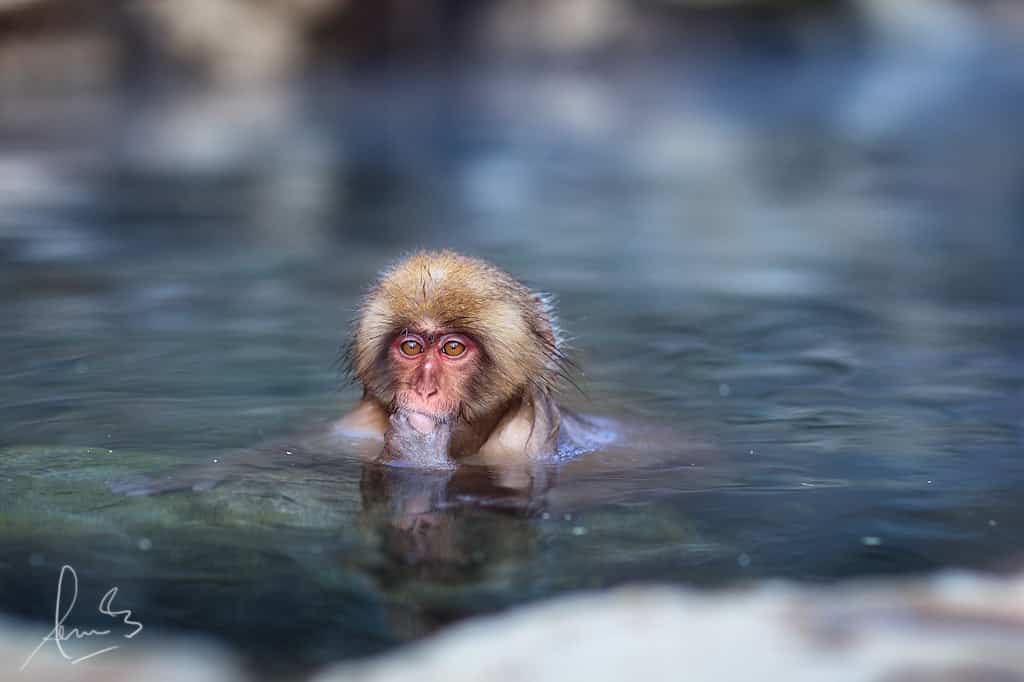
The name Jigokudani literally means Hell’s Valley — something with Japanese and hot water springs… can’t seem to find a single one that’s not named Hell.
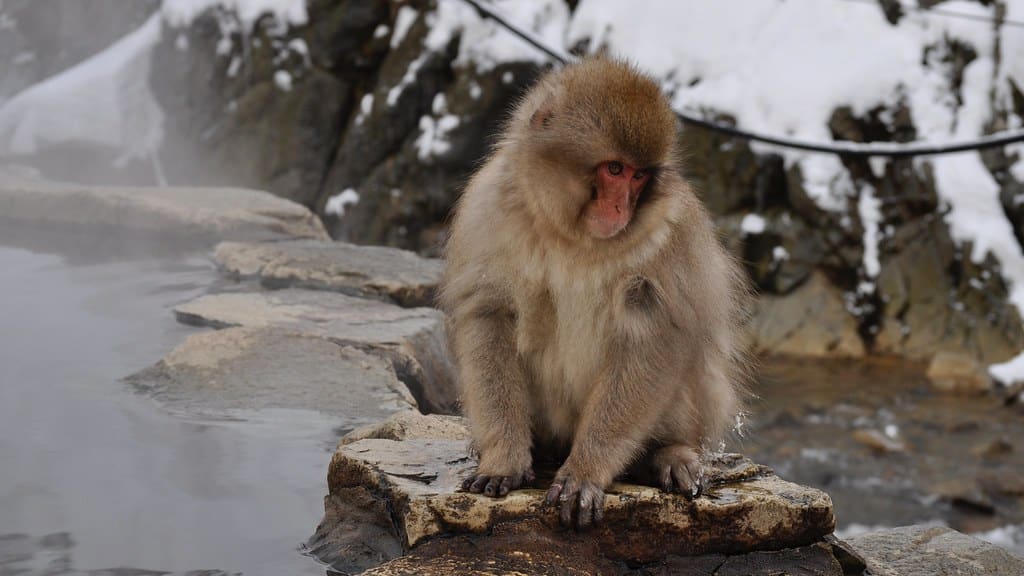
The spring itself isn’t extremely spectacular, but the thing is, it’s famous due to a large population of Japanese Macaques, commonly known as snow monkeys. The smart rascals come down from the cold forests to take a warm bath… and who can blame them?
Ultimately, hot springs are a testament to the unique environments that the geological forces on our planet can create. It’s not always doom and gloom, and it’s not always the same type of beauty we’re used to — but it’s a type of beauty that shows just how special and diverse our planet truly is.





